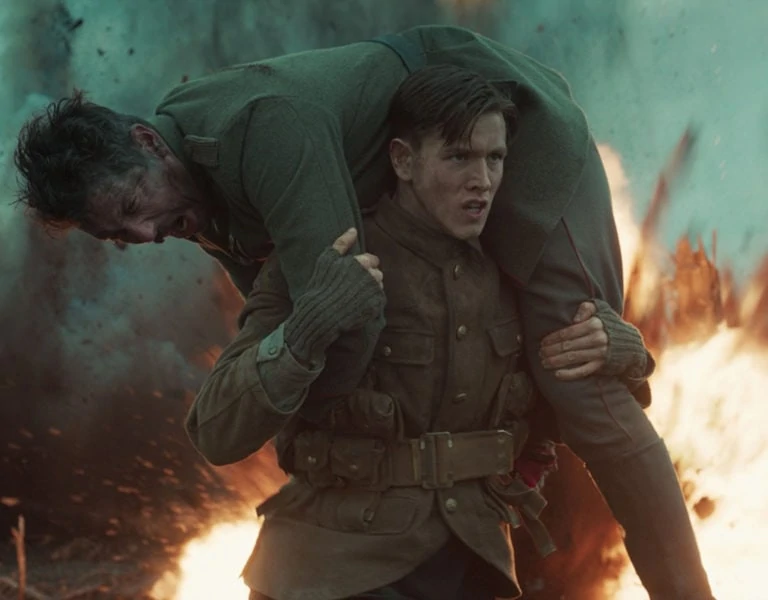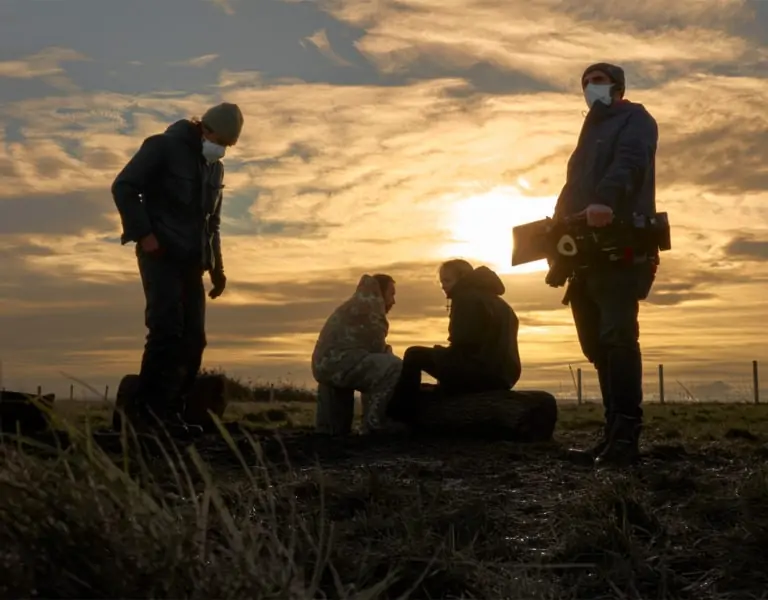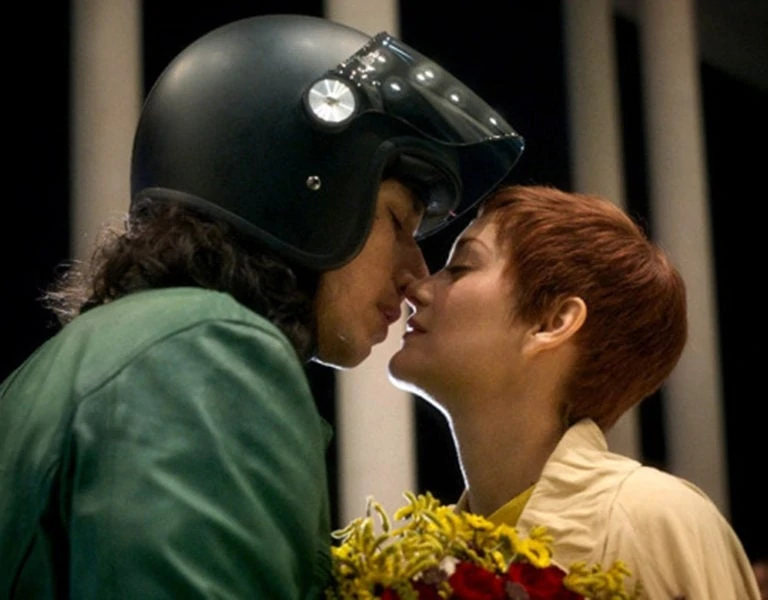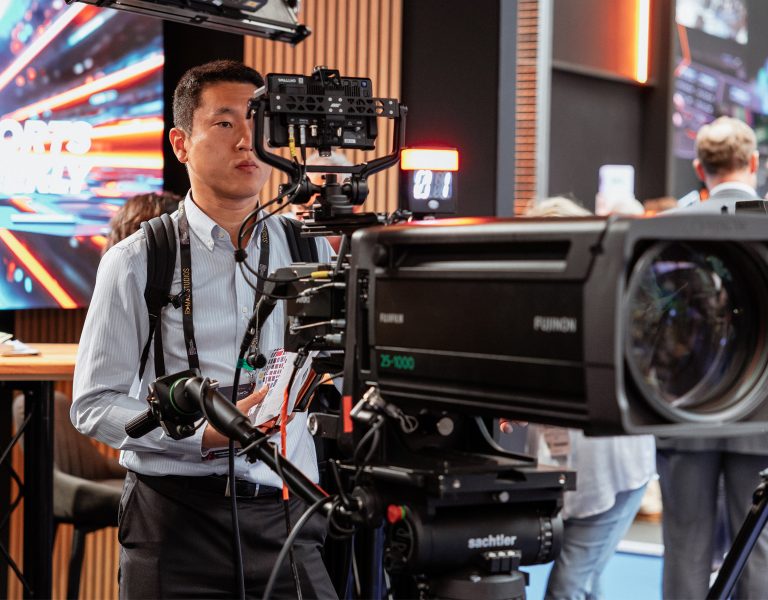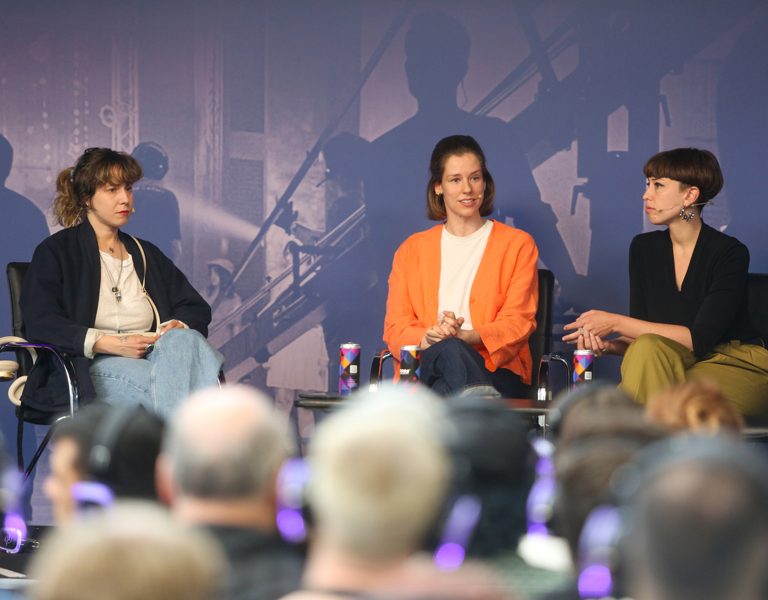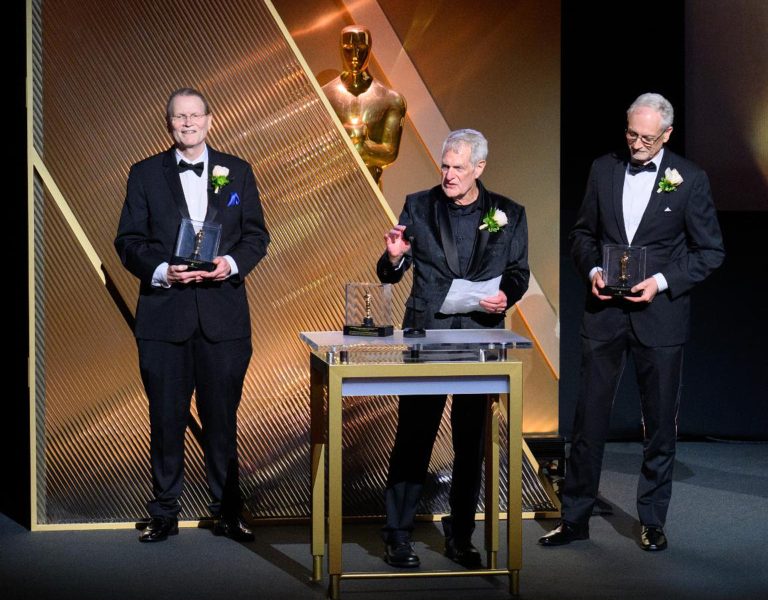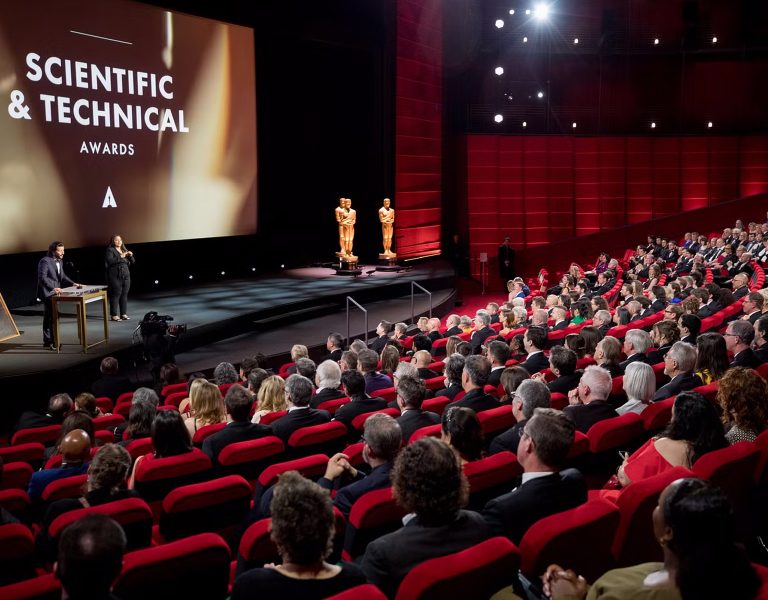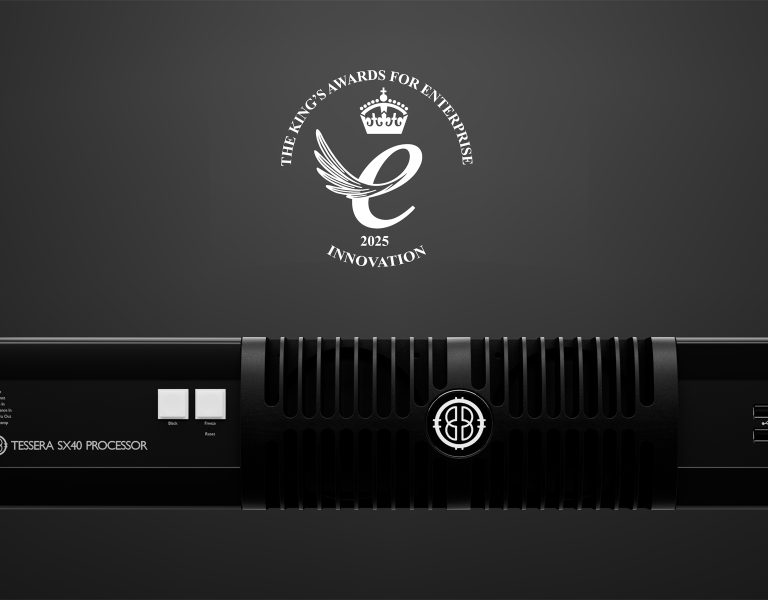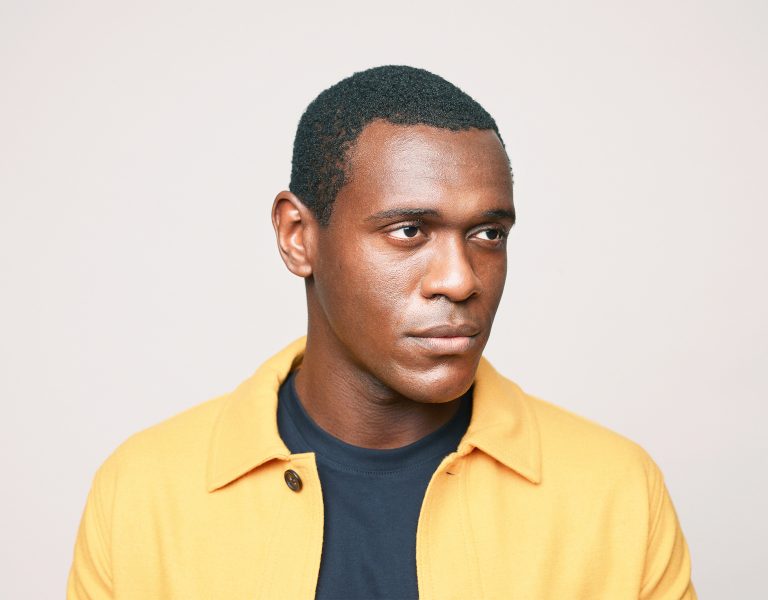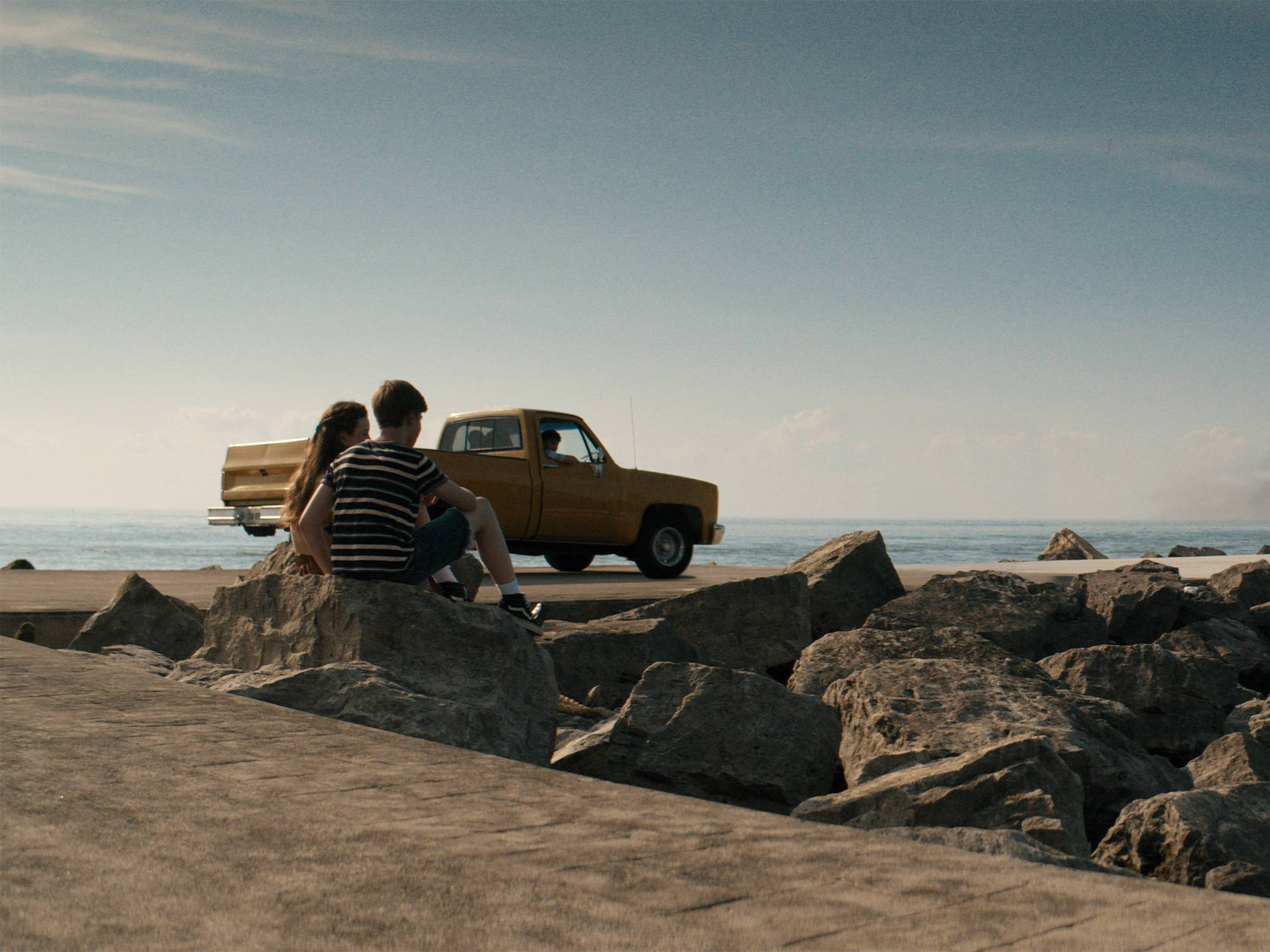
Recently released on Hulu, the second season of The Hardy Boys picks up six months after the events of Season 1, building on the mystery and drama of the inaugural season and welcoming new friends and suspects.
Produced by Nelvana and Lambur Productions, the complete post-production process of this highly anticipated series was handled by Toronto-based Eggplant Picture & Sound. The team started to work with the DP Gregor Hagey and showrunner Jason Stone already in the pre-production stage to develop the look they wanted to achieve for this season, shared senior colourist Mark Driver. “From there we created a few shooting LUTs to be used on set. During the shoot we would process all their dailies, create files for editorial and screeners for the producers, and do all the LTO backups of the original camera files.” After the editing in Avid Media Composer was completed, the team started with the finishing process. “AAFs came to us to conform into Mistika, then VFX plates were pulled from the conform and sent off to the VFX team. All the grading, finishing and some VFX were done in Mistika,” shared Mark.
Working during the lockdown
While working on this project, Canada was still largely under COVID lockdown, so the challenge for Mark and the team was getting everything to come together while working remotely – and Mistika made the process smoother. The episodes were first conformed in the working resolution (3840×1600) on their Mistika Ultima systems in the facility, and all the online work and VFX pulls were done from that.
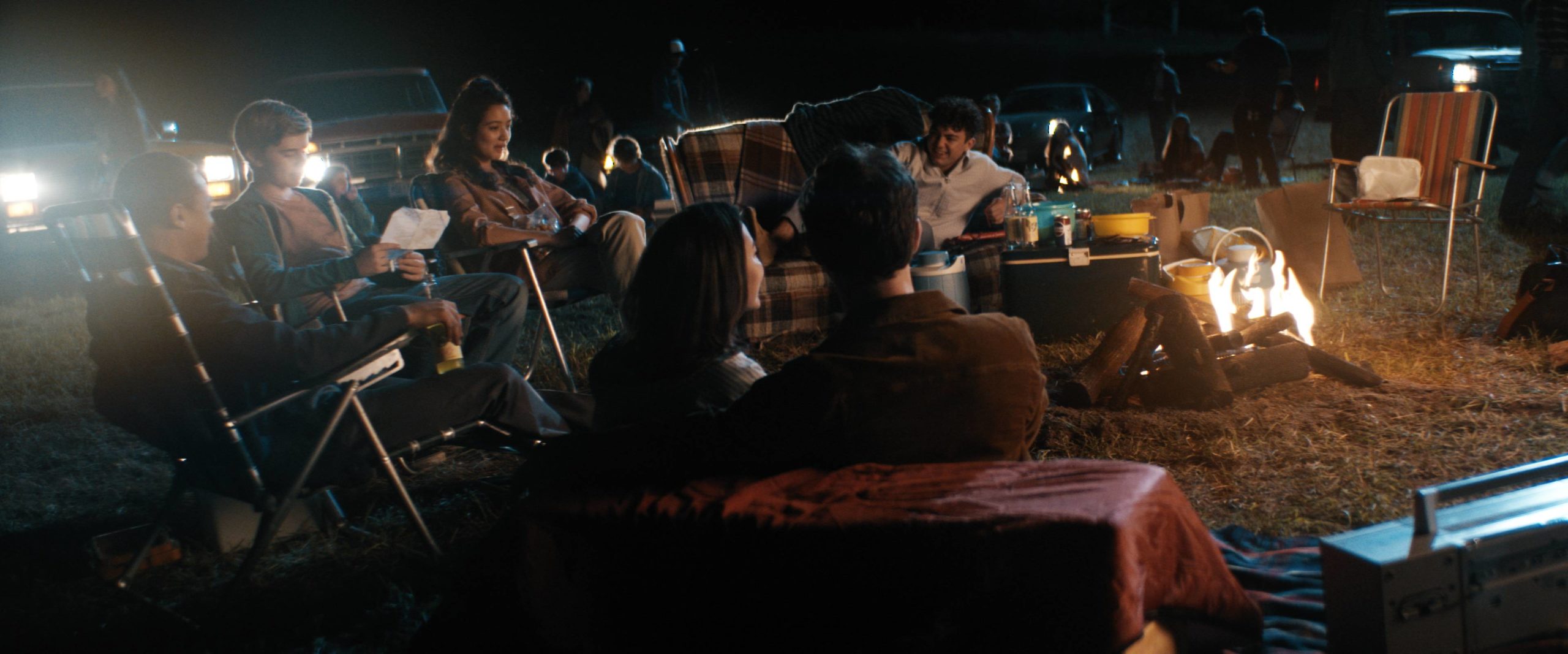
“For grading, an HD version of the conform would be rendered and sent to my house where I have a Mistika Boutique system with a calibrated Flanders grading monitor and a set of Element panels. I would receive full-res plates for any VFX shots I was responsible for. I would grade the entire show and do any VFX in Boutique, then just send my Mistika timeline back to the facility where everything would relink back to the full res media,” describes Mark. The final colour screenings with the DP were done in person and screeners for everyone else were rendered out of Mistika and uploaded to Frame.io.
The Hardy Boys season 2 was shot on Sony Venice cameras, so the footage came in SLog3. “However, the base LUT we used to create the look from this season was not built for an SLog3 input, so we used Mistika’s UniColor tool to convert the SLog3 gamma curve into a Cineon curve, which fit our show LUT better. From there, everything wasgraded into a Rec709 colour space for delivery to Hulu.”
Driving emotion through the Colour and Light
Mark drew most of his inspiration for the final look from other TV shows and movies. “There’s so much beautifully done content out there these days that you don’t have to look far to find something amazing and inspirational. The Hardy Boys takes place in the late 70s, early 80s which drives a lot of the look. The production design, costumes, lighting and lensing all work together to put us in that era. All I try to accomplish with the grade is to enhance what’s there to maximise the emotional impact of each scene.”

In the second season the look has changed quite a bit compared to season 1, where a very warm and inviting look was predominant, as the spectators were introduced to the characters and learned about them. “This season, as the characters are thrust into a more dangerous situation, we’ve pushed the look of the show to give it a much darker, more sinister feel. This is what I love about grading, using colour and light to drive the emotion of a scene or show.”
For fine tuning the image, Mark used Mistika’s bands tool. “It allows such quick and specific manipulation of distinct portions of the image. Without it I would need to waste time adding various nodes and limiting them to the specific range of the image I wanted to manipulate.”
Smart VFX Management
All the VFX were also done in-house at Eggplant, so this was a very streamlined process, says Mark. “From the conform in Mistika, we were able to render EXR plates for the VFX team directly onto their media storage where the VFX artists could use it directly. Due to time constraints the VFX were largely done before the grade even started, however, VFX artists would then provide final EXR renders that we could grab right off their storage and load back into Mistika.”
A number of VFX were also done natively in Mistika. “Having a compositing background, I was able to take some of the load off the VFX team doing some of the simpler comps, such as split screens, TV comps, cleanup of production equipment and the ‘vision’ effect that is featured quite heavily in the S2. We were able to accomplish quite a bit of the VFX work within Mistika with the help of the Boris FX Sapphire plugin.”
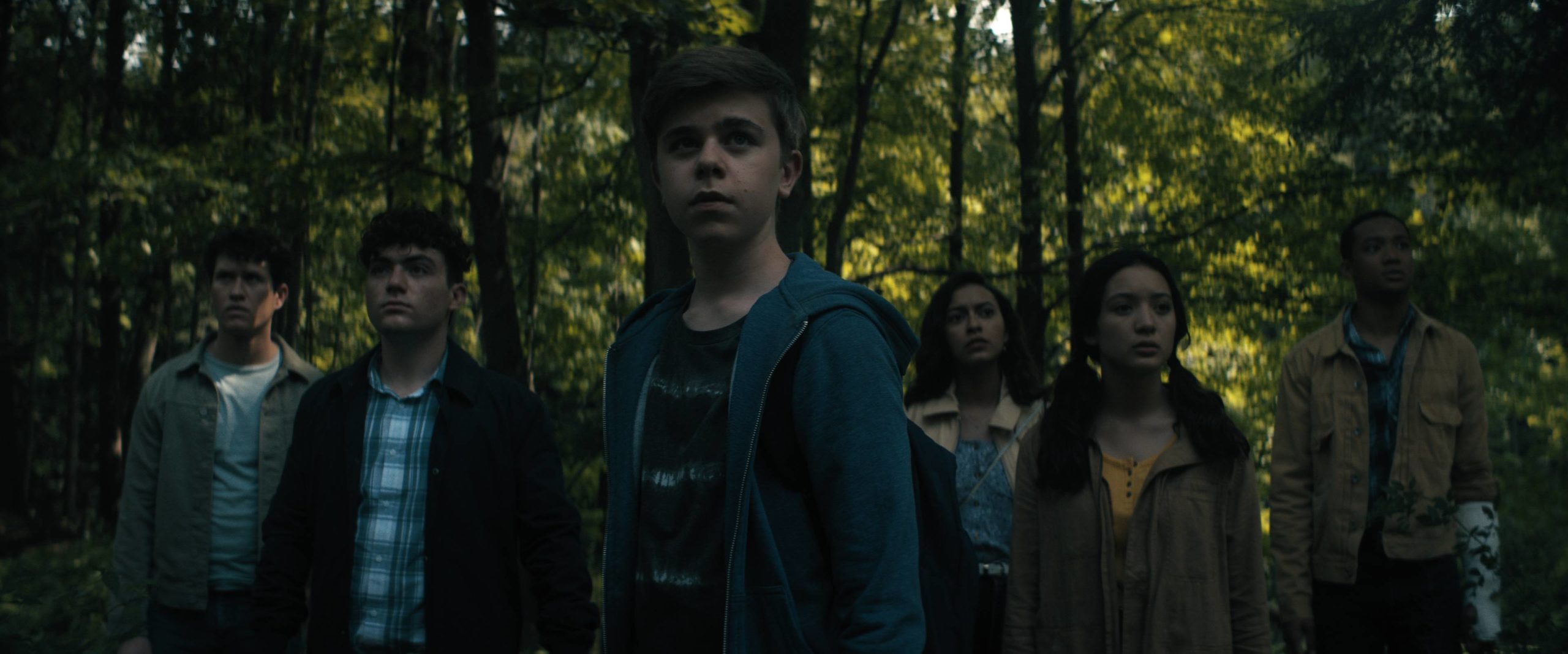
Essential time-savers
Tight deadline was another challenge completing this project, so it was very important making the post workflow as efficient as humanly possible and some of Mistika’s unique features enabled Mark and the team to work faster. “The way the timespace in Mistika works is a huge time-saver. The ability to put a colour grade on each shot for shot-by-shot matching, then put another colour grade spanning the entire scene to set the overall look of the scene really speeds things up. This is very useful in live sessions with the client, when they ask to make the shot a bit darker, cooler, etc., you can just modify one thing and it’s done for the whole scene! This makes iterating on a scene a very quick and fluid process, as you can make fast changes and see the effect immediately across everything.”
Another big time saver for the whole team was the ability to work simultaneously in the same episode on multiple systems. “While I was grading, our online editor David Fiorentino was able to work on credits, inserting final VFX shots, formatting, and all the other things that go into getting a show ready for final output.”
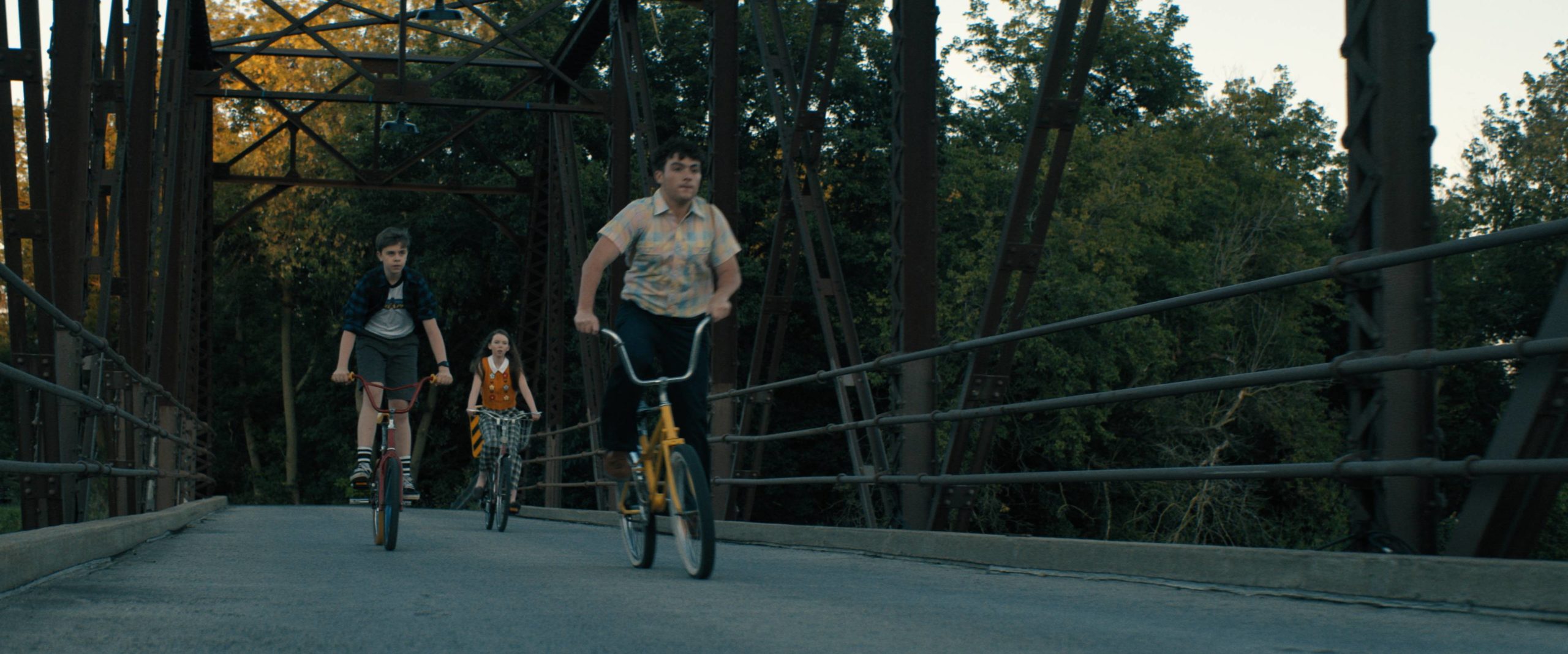
In conclusion Mark highlights that he loves working on any project where there has been real time and consideration put into the look of the end product. “For The Hardy Boys, such care has been put into what goes in front of the camera it makes it a real joy to work on and add what I can to the overall look of the show. I loved working on a show with a great story that I can sit down and watch with my kids after all the work has been done (they love it).”
